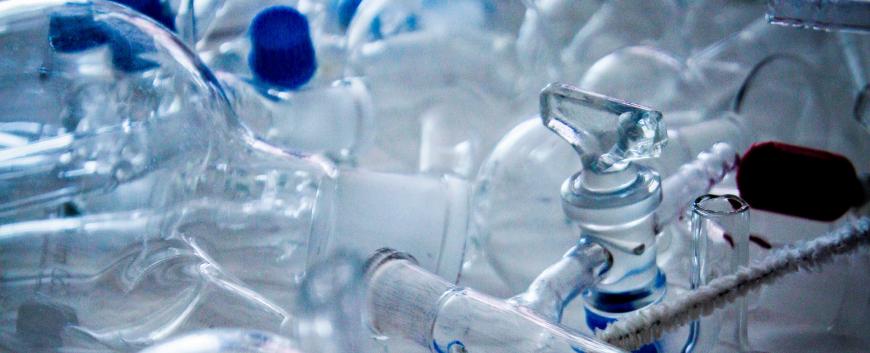
Hydrogen sulphide (H2S) is a toxic gas commonly found in ambient air, and there are no available sensors available for the detection of hydrogen sulphide gas dissolved in water or other solutions or body fluids. Hydrogen sulphide is increasingly known to be an important cardiovascular and neurological signalling molecule. Recently, the study of the physiology and biochemistry of hydrogen sulphide has become a focus of interest and its detection has become important for the therapeutic use of hydrogen sulphide.
The solution according to the invention is a planar array selective electrode for in vivo subcutaneous experiments in thermal water and model animals, which is stable over the available pH range of pH=5.5-7.4. The electrode is a multilayer electrochemical sensor built on a biocompatible polymer. The solution passes through a membrane permeable to H2S into a layer close to the working electrode of the sensor, where an electrochemical reaction takes place. The quantity of the reactant involved in the reaction is a characteristic value for the change in current intensity.
For the present solution, a special structured electrocatalyst made of a suitable electrochemically reversible material that reacts rapidly and quantitatively with hydrogen sulphide is used. The catalyst is immobilised on the surface of beads of suitable material in the nanometre range. This solution ensures that the total amount of hydrogen sulphide passing through the membrane is converted on the inner side of the membrane. The technology works and the prototype has been successfully tested.
Potential applications:
- measurement of hydrogen sulphide content in wines
- direct measurement in body fluid
- determination of hydrogen sulphide content in thermal waters
- determination of hydrogen sulphide content in biological media
CONTACT
Pécsi Tudományegyetem | Kancellária | Informatikai és Innovációs Igazgatóság 2021.

